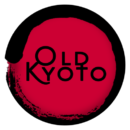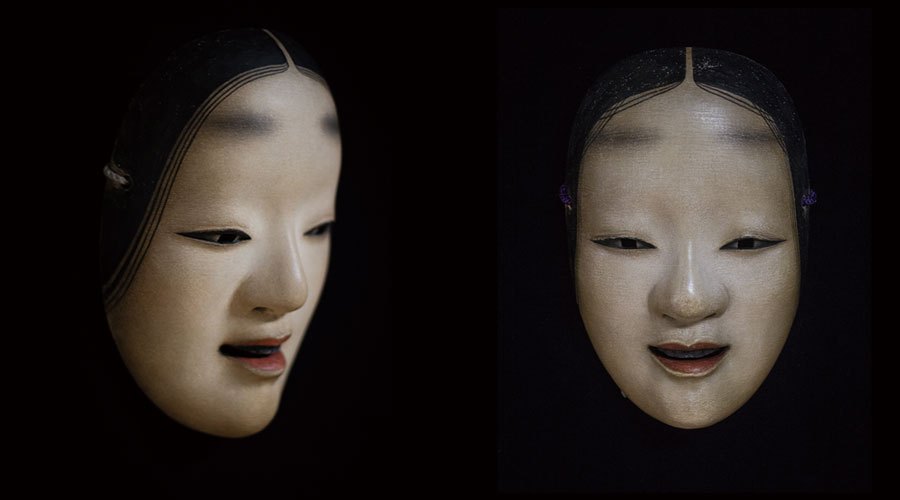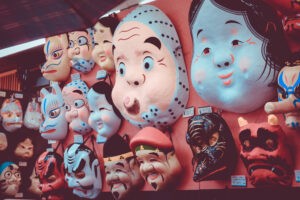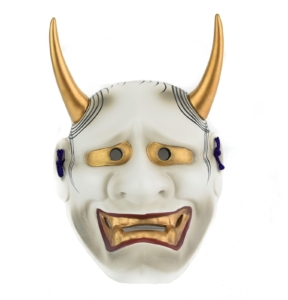‘Noh’ derived from the Sino-Japanese word for “skill” or “talent”, is a 14th century Japanese stage drama that is still performed to this day. The musical dance-based performance incorporates masks, costumes and props to perform traditional literature and contemporary events.
Noh masks; the masks used by actors during the performance, signify a characters’ gender, age, and social ranking. Originally only 60 types of masks were used in Noh Theatre, but today there are over 200 – their characteristics range from youngsters, elderly men, female, to nonhuman characters such as animals and demons. Here’s a list of a few of the most popular masks in Noh Theatre:
Okina (Old man masks)
The Okina mask represents an old man with a long white beard, it symbolises wisdom and peace. This mask is usually worn during New Year’s or special occasions.
Onna-men (Woman masks)
The Onna-men mask represents a woman and is categorised depending on age and character such as; young, working class woman; elegant middle-aged woman and elderly woman.
Hannya (Demon masks)
The Hannya mask is either a red or white skin toned demon-like mask that represents the soul of a woman who becomes a demon due to obsession and jealousy.
Noh Theatre mask’s make great contemporary wall art pieces. Click here to check out our collection of Noh Theatre masks.



